A Foreigner’s Guide to Japanese Noodles
Introduction
When you come to Japan, one of the first culinary adventures you should embark on is exploring its fascinating world of noodles. While soba, ramen, and udon might seem similar at first glance, they each boast a unique identity. Are they merely different shapes? Absolutely not!
Join us as we delve into the distinct ingredients, flavors, and traditions behind these beloved noodles, helping you choose your perfect bowl on your next Japanese journey.
1. What Are They Made Of? – The Building Blocks
Soba: Earthy Goodness from Buckwheat
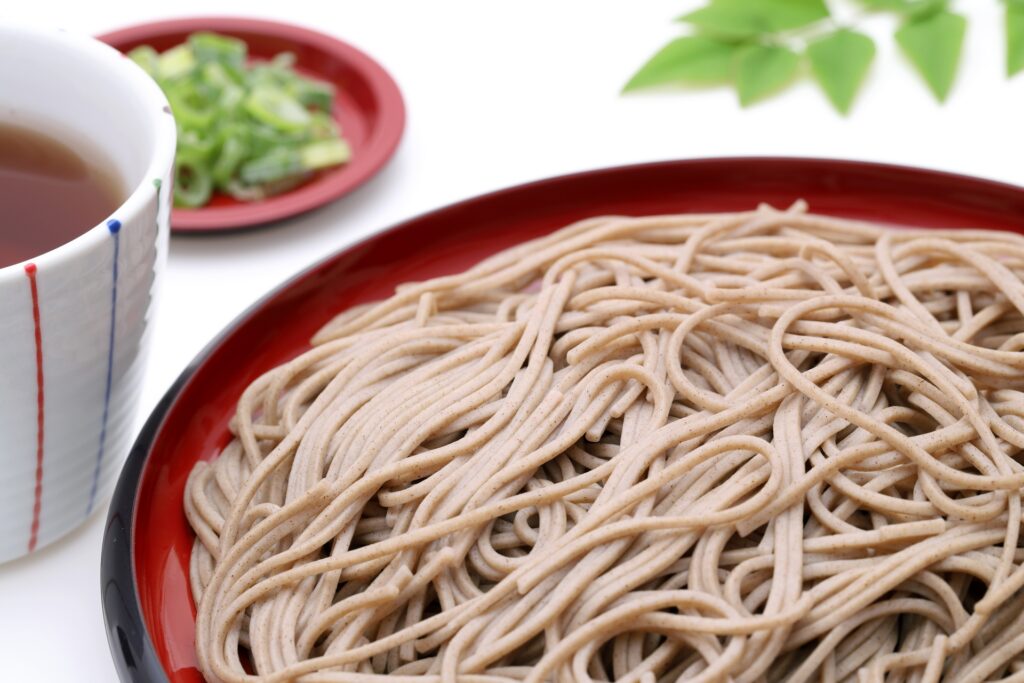
Soba noodles are crafted primarily from buckwheat flour, which gives them a light brown or gray hue and a subtly nutty, earthy flavor. For a pure buckwheat experience, try juwari soba (100% buckwheat), or opt for the more common ni-hachi soba, made with a blend of wheat and buckwheat.
Ramen: Wheat Noodles with Endless Possibilities

Ramen noodles get their signature chewy texture and yellowish tint from wheat flour combined with kansui (alkaline water). Their versatility shines through in their various forms: thin, thick, wavy, or straight, each designed to complement different broths.
Udon: Simple Perfection in Thick Strands
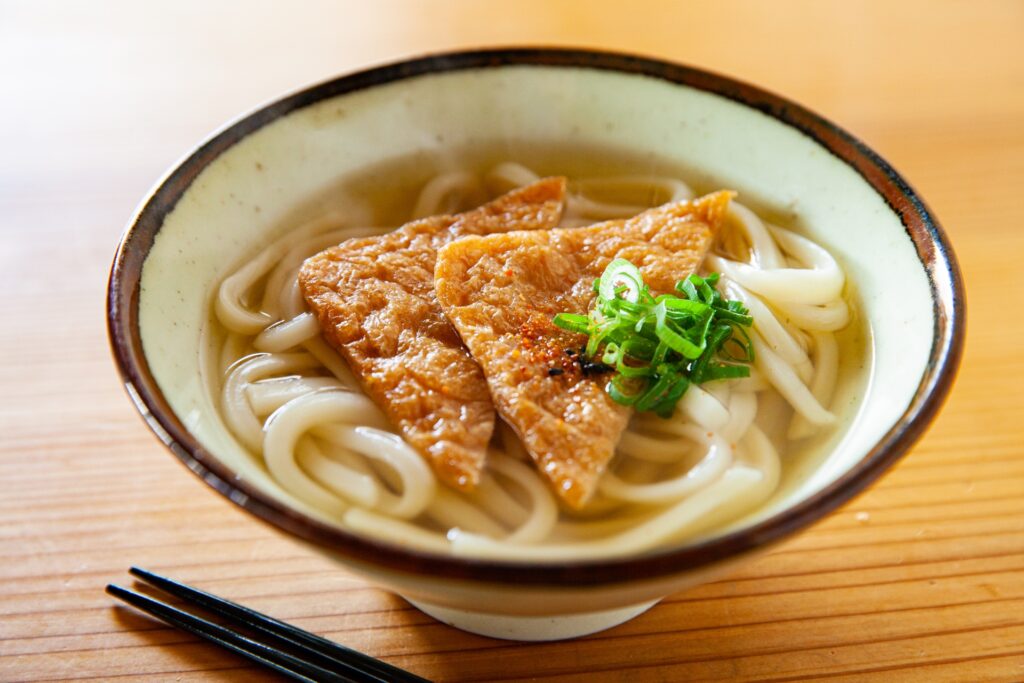
Udon, also made from wheat flour, is known for its thick, white, and soft noodles. Their smooth, chewy texture and mild flavor make them a comforting and highly adaptable choice.
2. How Do They Taste? – A Symphony of Flavors
Soba
Soba offers a clean and delicate taste, with the natural flavor of buckwheat taking center stage. Enjoy it chilled with a soy-based dipping sauce (zaru soba) to appreciate its pure flavor, or warm in a light broth (kake soba) for a comforting meal.
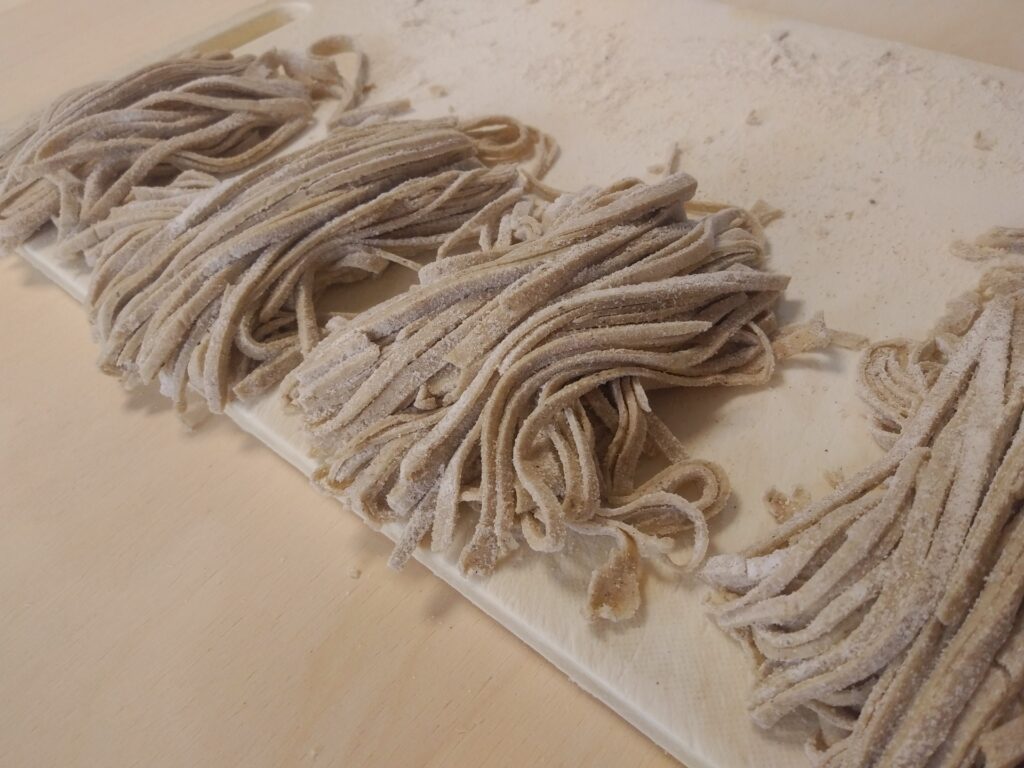
Ramen
Ramen is all about rich and savory indulgence. The broth is the soul of the dish, ranging from the umami of soy sauce (shoyu) and the depth of miso to the richness of pork bone (tonkotsu) and the clean taste of salt (shio). Toppings like chashu (braised pork), boiled egg, bamboo shoots, and seaweed add layers of satisfaction.
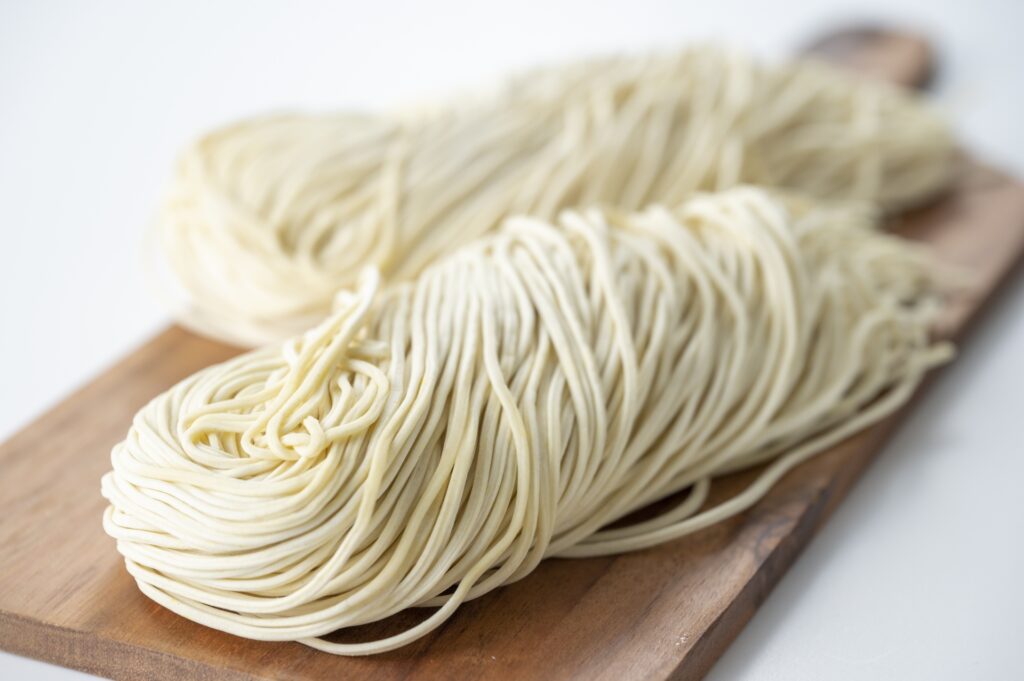
Udon
Udon presents a light and mild flavor, typically served in a gentle dashi-based broth made from fish and seaweed. Its subtle taste allows toppings like green onions, tempura, or fried tofu to shine.
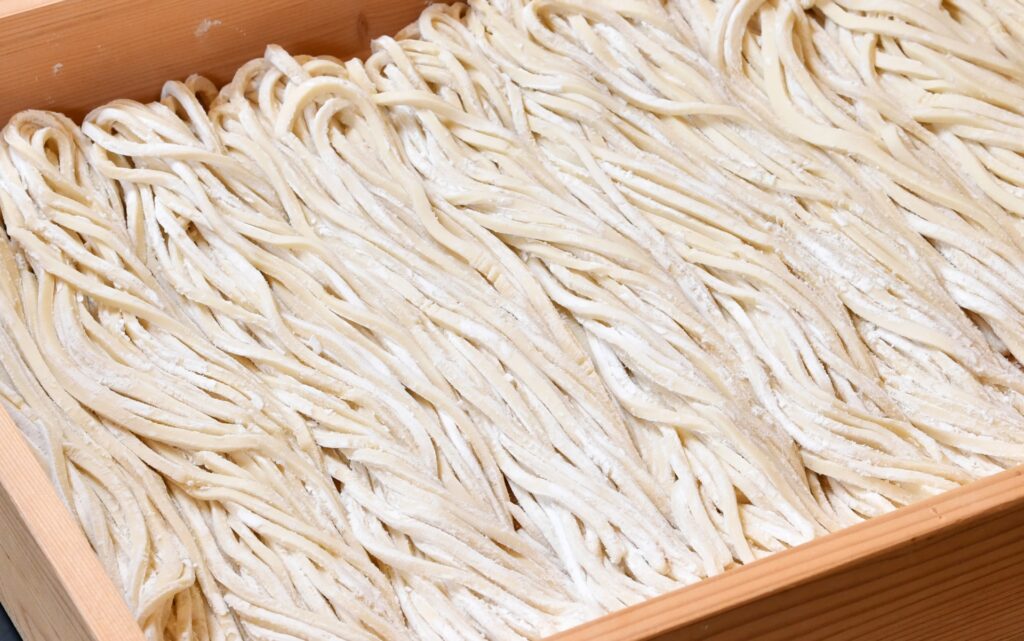
3. When Do Japanese People Eat Them? – Cultural Bites
- Soba is eaten year-round, but it has a special role on New Year’s Eve as toshikoshi soba, symbolizing the wish for a long life.
- Ramen is often enjoyed as a quick lunch or a satisfying late-night meal, especially after a night out.
- Udon is beloved comfort food, frequently served at home and especially popular in winter. Many regions in Japan have their own unique udon styles.
4. Which Noodle Is Right for You? – Find Your Match
| If you’re looking for… | Try… | Because… |
|---|---|---|
| A lighter, subtly flavored, unique experience | Soba | Buckwheat offers a distinctive taste and pleasant texture. Great for those avoiding gluten. |
| A bold, flavorful, and deeply satisfying meal | Ramen | The diverse broths and toppings create a rich culinary experience. |
| A gentle, comforting, and highly versatile noodle dish | Udon | Its mild flavor and chewy texture suit any time of day. |
You really can’t go wrong with any of these fantastic noodles! Each offers a unique glimpse into Japanese cuisine. We highly recommend trying all three during your visit to Japan.
5. Want a Deeper Experience? Immerse Yourself in Soba Making!
Soba is more than just a meal—it’s a craft passed down for generations.
Consider joining a soba-making class where you’ll learn how to knead, roll, and hand-cut these delicate noodles. It’s a fun, hands-on cultural experience you’ll never forget.
→ Book Your Soba Experience Here
Conclusion
With your newfound understanding of the differences between soba, ramen, and udon, you’re now ready to embrace Japan’s rich noodle culture.
Each bowl tells a story—of region, tradition, and taste.
So… which delightful noodle will you try first? We hope this guide inspires you to explore and savor every slurp on your Japanese adventure!
Would you like to experience making soba noodles in Japan?
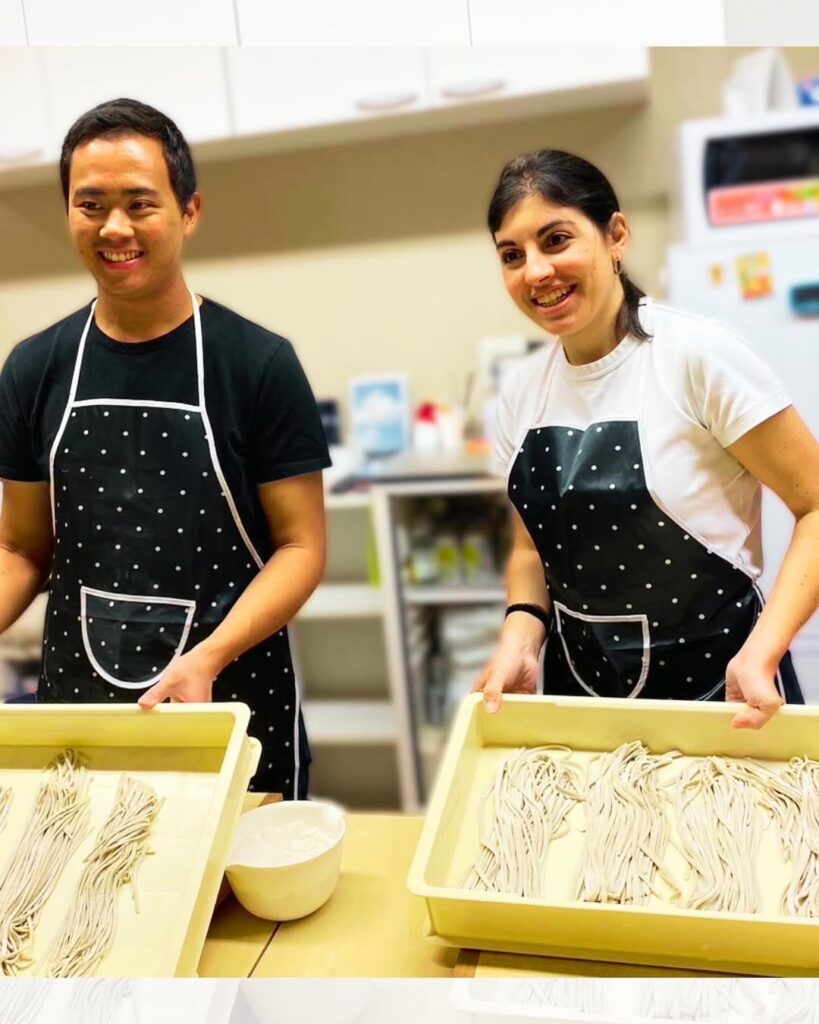
We are a Japanese soba noodle making experience class. We also have plans for travelers coming to Japan. Please visit our website here.
TSUKUSHI Osaka Japan

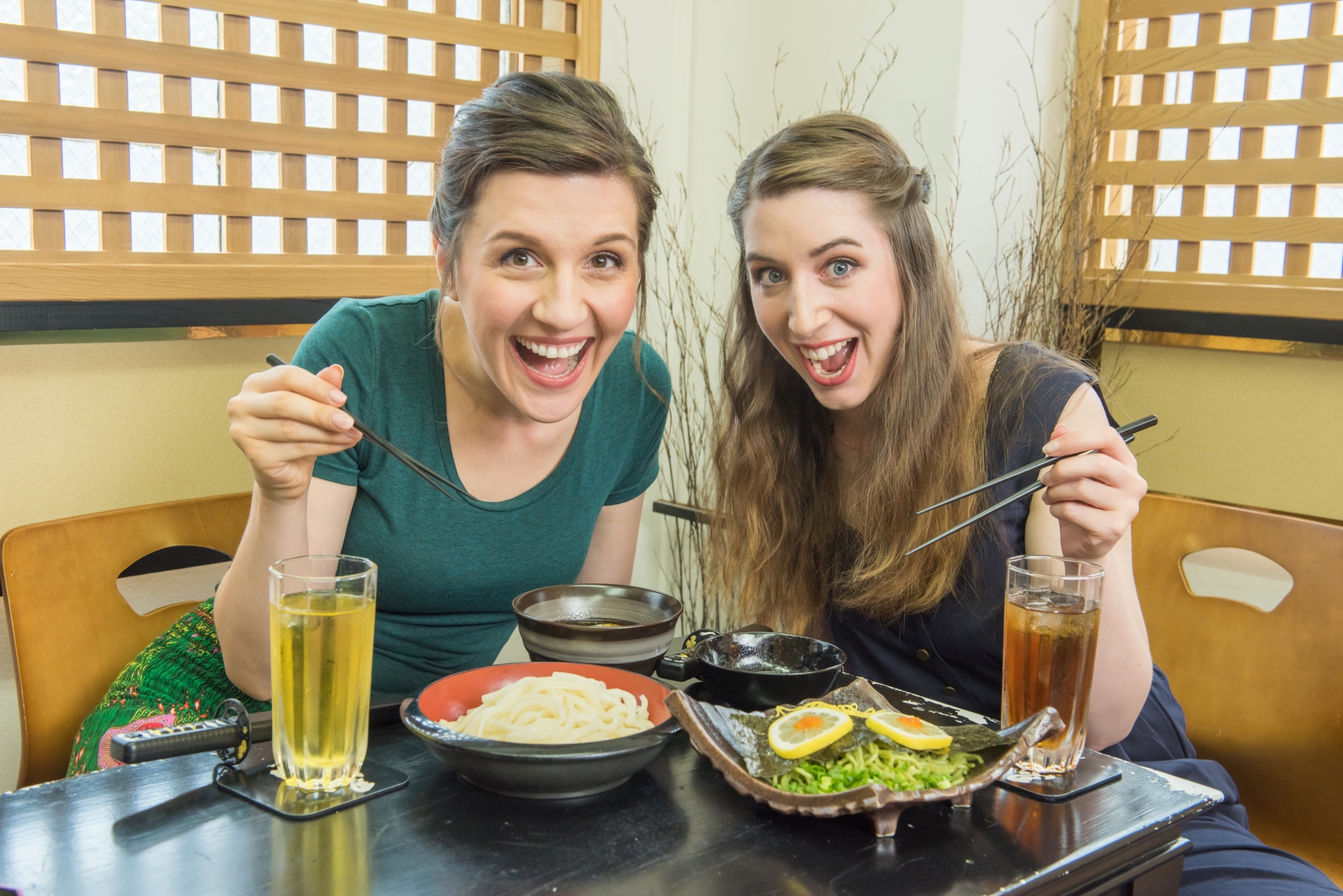

コメント